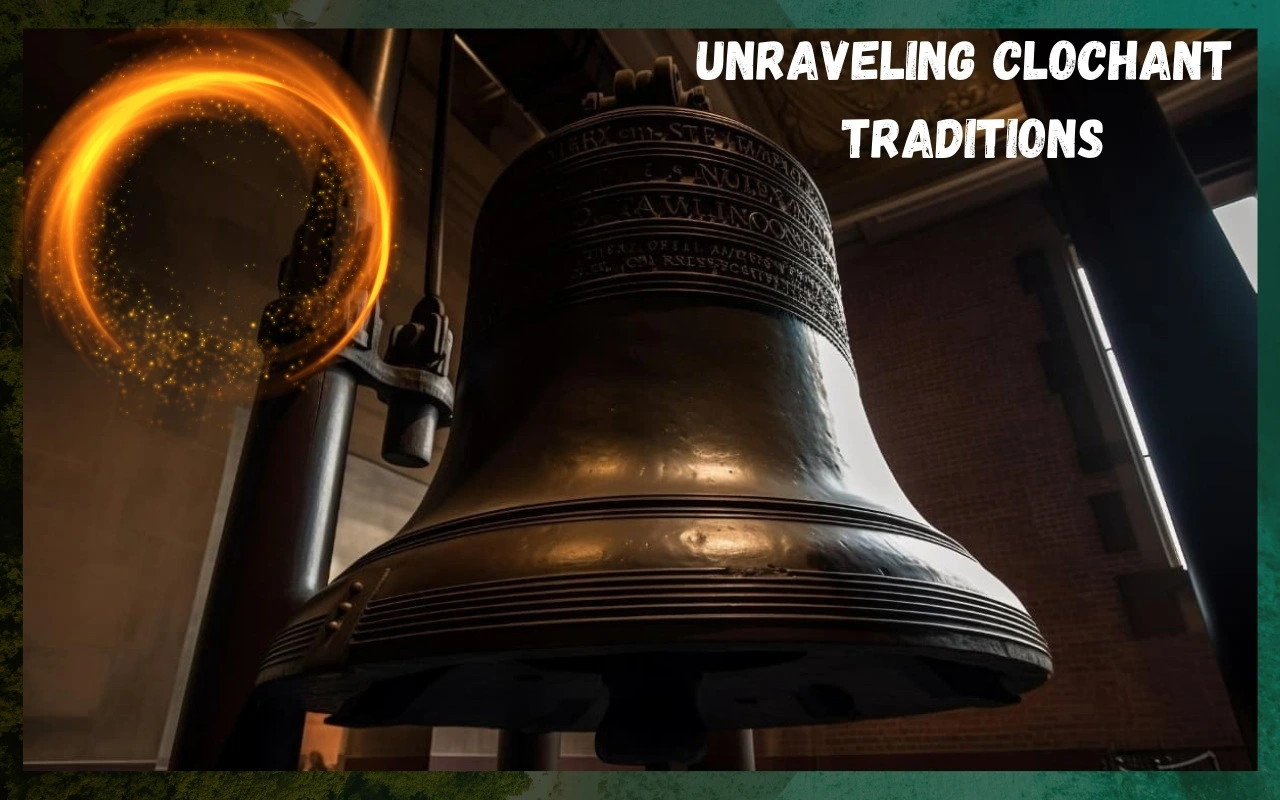Clochant, the art of bell ringing, has a rich history that spans cultures and centuries. This ancient practice goes beyond mere sound-making. It has deep roots in religious, cultural, and social traditions worldwide.
Listen closely. Do you hear that? It’s the sound of history ringing out. Clochant, the art of bell ringing, is more than just noise. It’s a window into our past and present. From village churches to grand cathedrals, bells tell stories.
Clochant takes many forms. In Europe, change ringing involves complex patterns of bell sounds. Asian traditions often use single bells in temples. Some cultures use handbells for music. Others use large bells to warn of danger. The materials and shapes of bells vary widely.
The History and Origins of Clochant
Clochant has ancient roots. The first bells were made over 4,000 years ago in China. They were small and used in rituals. Later, larger bells appeared in different parts of the world. In Europe, church bells became common around 400 AD.
The art of clochant grew more complex over centuries. In medieval Europe, bell ringers developed new techniques. They created patterns called “changes” using multiple bells. This led to the tradition of change ringing in England. In Russia, massive bells required teams of ringers.
Importance of Studying the Clochant
Studying clochant helps us understand human culture. Bells have been important for thousands of years. They are used in many religions and societies. By learning about clochant, we learn about history. We see how people lived and what they believed.
Clochant is still important today. Bells are used in many places. They mark time and special events. Some towns have famous bells. These become symbols of local pride. Studying clochant can help preserve these traditions. It can also inspire new forms of art and music.
Overview of the Clochant
Clochant is the art and practice of bell ringing. It includes many different styles and methods. Some bells are huge and hang in towers. Others are small and held in the hand. Bells can be made of metal, wood, or even stone. They are rung by swinging, striking, or shaking.
Clochant has many uses. In churches, bells call people to worship. In schools, they signal the start and end of classes. Some towns use bells to mark the time. Bells can also warn of danger, like fires or floods. In some places, bells are part of musical performances.
Clochant in Celtic Culture
In Celtic culture, bells held special meaning. They were seen as magical objects. Celts believed bells could ward off evil spirits. They also thought bells could heal the sick. Small hand bells were often used by Celtic saints.
These bells were highly respected. Some were even given names and kept as treasures. In Ireland, Scotland, and Wales, many old church bells have Celtic origins. Celtic bells had unique designs. Many were square or rectangular, not round. They were often made of iron, not bronze.
Zzeongi2 Innovative Fusion of Technology and Art
Some were decorated with Celtic patterns. These bells were used in religious ceremonies. They also played a role in daily life. Bells marked the time and warned of danger. In some places, bells were used to find lost animals.
Clochant in Eastern Religions
In Eastern religions, bells play a vital role. In Buddhism, bells are used in daily rituals. They help focus the mind during meditation. Large temple bells are rung to start and end services. In Hinduism, bells are part of worship called puja.
Devotees ring bells when entering temples. This is believed to clear the mind and please the gods. In both religions, the sound of bells is thought to create positive energy. Bells in Eastern religions have special designs. Buddhist bells are often large and hung in temples.
They make deep, long-lasting sounds. Hindu bells are usually smaller. They are held in the hand and rung quickly. In Japan, Shinto shrines use suzu bells. These have a bright, clear sound. Tibetan Buddhism uses small bells called ghanta.
Clochant in Indigenous Traditions
Many indigenous cultures have their own bell traditions. Native American tribes often use bells in ceremonies. These bells can be made from natural materials like shells or animal hooves. Some tribes use bells in healing rituals. Others use them in dances.
In Australia, Aboriginal people use seed pods as natural bells. These make rattling sounds during ceremonies. In Africa, many tribes use bell-like instruments in their music and rituals.
Indigenous bells have deep meanings. They often connect people to nature and spirits. In some cultures, the sound of bells is thought to talk to ancestors. Bells can mark important life events like births or coming-of-age ceremonies. Some indigenous bells are sacred objects.
Modern Uses and Interpretations of Clochant
Today, clochant has evolved beyond traditional uses. Many modern composers include bells in their music. Electronic bells are used in pop and rock songs. Some artists create entire performances using only bells. In cities, public art often includes interactive bell installations.
Clochant also has new meanings in modern life. Some use bell ringing as a form of meditation. It can help reduce stress and improve focus. Environmental groups use bells to raise awareness about climate change.
In some places, bell ringing honors victims of tragedies or celebrates achievements. Social media has helped spread interest in clochant. People share videos of bell performances online. This has created new communities of bell enthusiasts.
Conclusion
Clochant is more than just ringing bells. It’s a window into human culture and history. From ancient temples to modern cities, bells have played important roles. They mark time, celebrate events, and bring people together.
Each culture has its own bell traditions. These show us different ways of thinking and believing. By studying clochant, we learn about our shared past and our diverse present.
The story of clochant is still being written. New technologies are changing how we use and hear bells. But the core meanings of bells remain strong. They still symbolize community, spirituality, and the passing of time. Go to this page to search more info regarding this.
FAQS
What is clochant?
Clochant is the art of bell ringing. It includes different ways of making bells sound. Clochant can be simple or complex. It is used in many cultures for various purposes.
How old is the practice of clochant?
Clochant is very old. The first bells were made over 4,000 years ago in China. Bell use spread to other parts of the world over time. It has been important in many cultures for thousands of years.
Why is clochant important?
Clochant helps us understand history and culture. It shows how people lived and what they believed. Bells are still used today for many purposes. Studying clochant helps preserve traditions and inspire new art forms.








